An important aspect of our Living with Tigers project is to engage the communities around Chitwan and Bardia National Parks in Nepal in devising participatory approaches to ensure their safety, improve their livelihoods, and prevent retaliatory killing of tigers.
To know more about the local communities we work with, we worked with an external expert to conduct a livelihood and market analysis study within our project study sites. The study assessed the existing and potential alternative livelihood options; identified livelihood training requirement needs and conducted a market analysis of the potential alternative livelihood options in four ‘buffer zone’ community forest user groups in Bardia and Chitwan National Parks based on qualitative analysis using participatory rural appraisal tools to collect data.
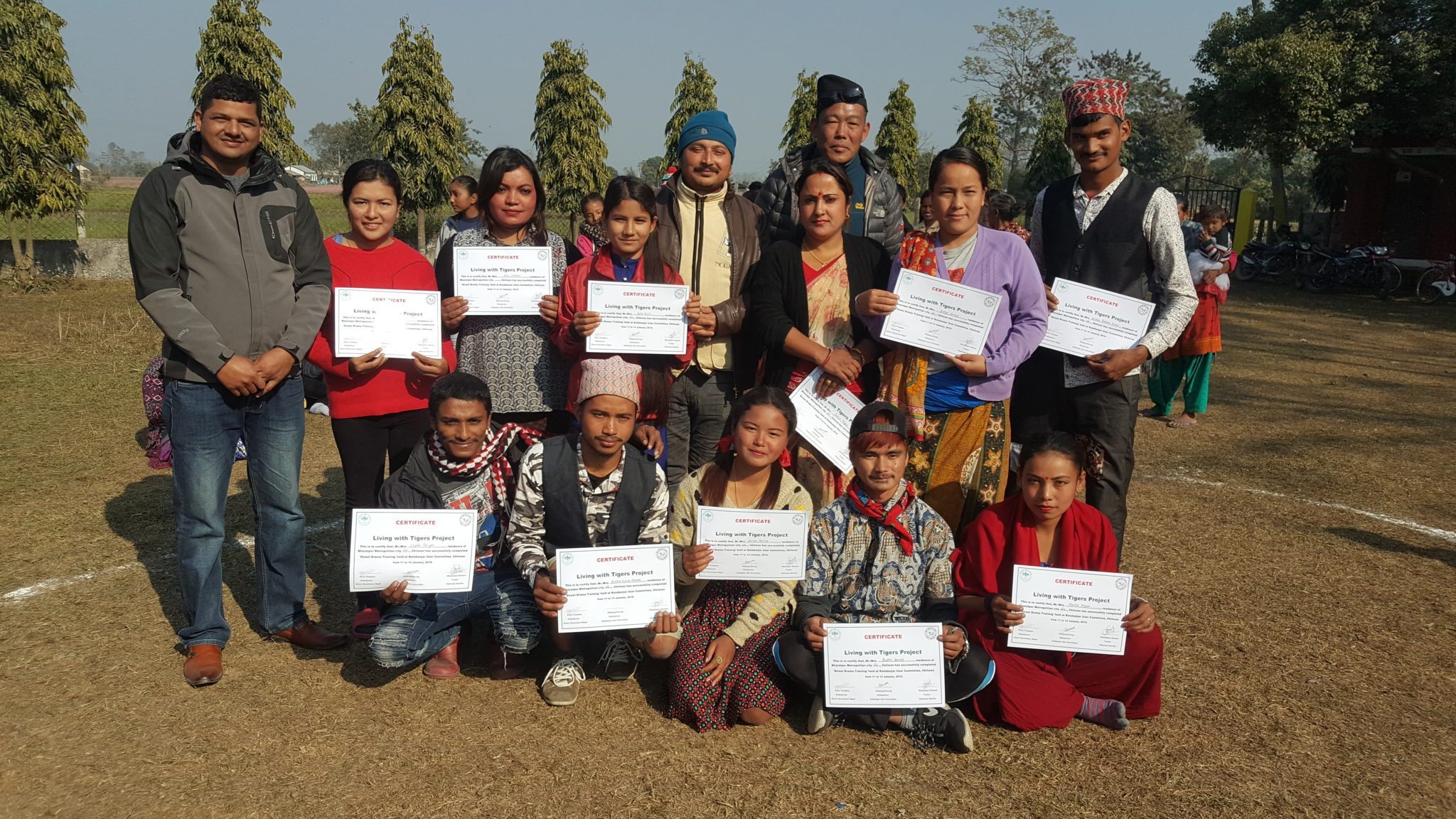
The report identified goat farming, ecotourism, non-timber forest product cultivation, fish farming and vegetable farming as potential differentiated livelihood options and also recommended supporting local people to enhance existing options.
Delivering training in processing plants and developing irrigation facilities for non-timber forest product cultivation, providing predator proof pens, introducing fecund cross breeds for goat farming, providing fish rearing training, provisioning micro-credits for vegetable farming, developing infrastructure and facilities for ecotourism would assist local communities to become more resilient
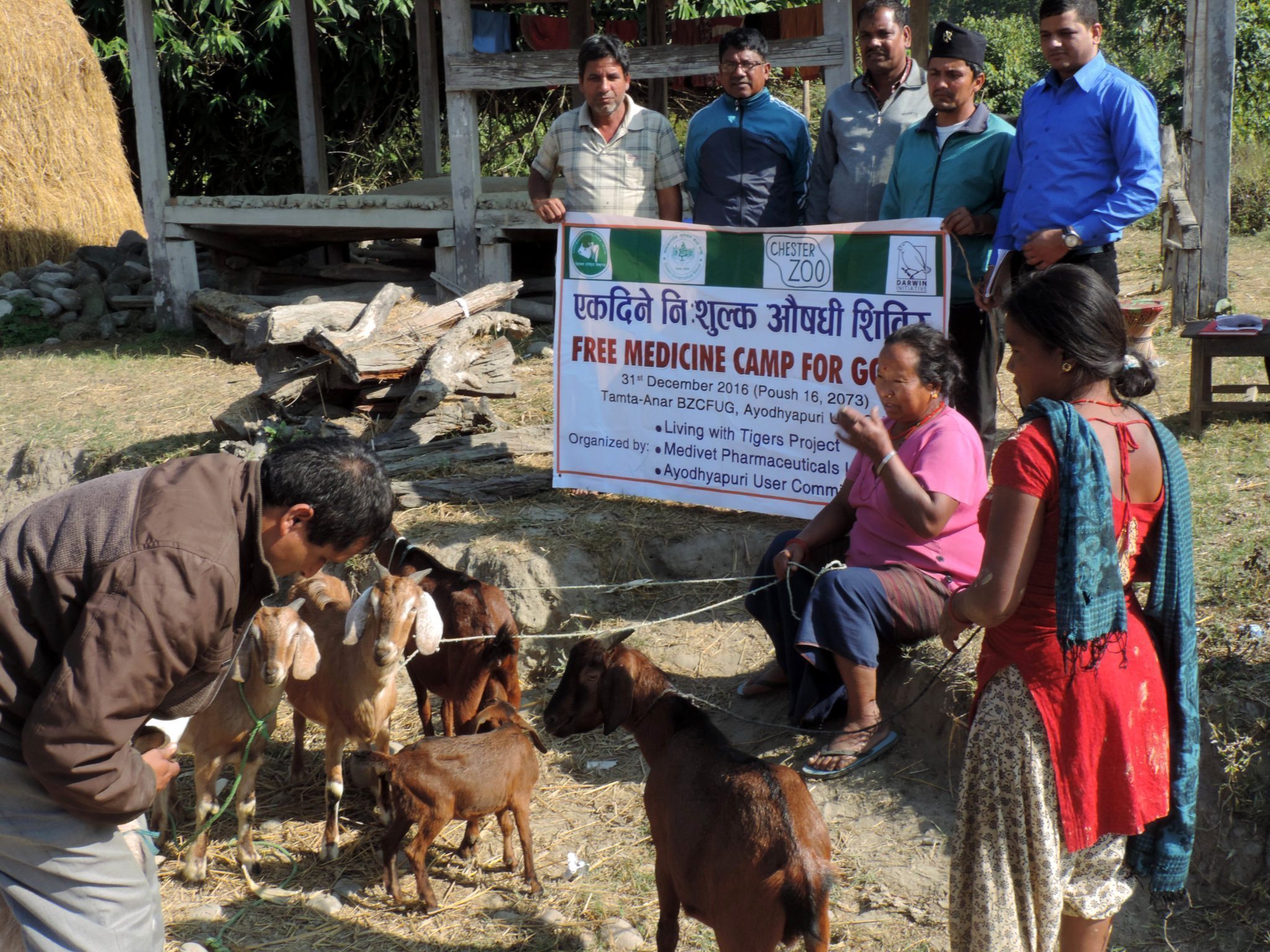
The Living with Tigers project also recently hired street performers to deliver a social behavioural change campaign by bringing the theatre to our project site communities! Using the data we collected from social surveys and focus group discussions both Chester Zoo and Green Governance Nepal, with the help of a Nepalese script writer and our Social Marketing Advisor Diogo Verissimo, created a thirty-minute performance.
The story followed the lives of several families who had experienced human-tiger conflict and what human behaviours led to the encounters. Using humour and local folklore, stories were told about ways to reduce the risk from tiger and leopard attacks and practical mitigation measures to keep people and livestock safe were acted out.
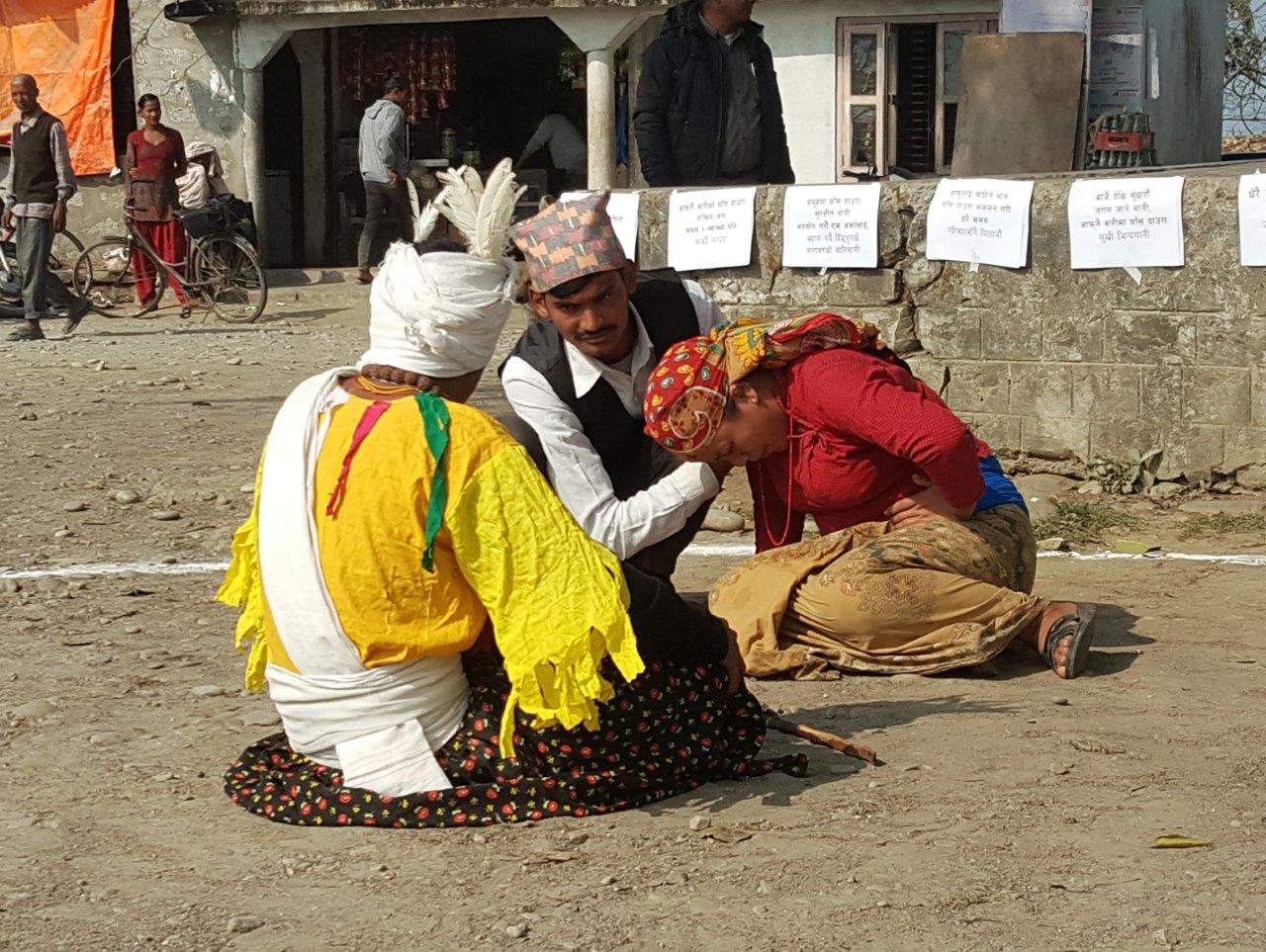
In parallel of working towards achieving social behavioural changes in the local communities, the Living with Tigers project also aims at gathering data about the tigers and leopards living in the area. To do so, our Conservation Scholar Amy Fitzmaurice has been collecting faecal samples to identify felid species and find out what the big cats are eating.
We have partnered with RZSS WildGenes, which have their laboratory facilities based in Edinburgh Zoo and the Centre for Molecular Dynamics Nepal (CMDN), to conduct cutting-edge conservation genetic research, using microsatellite genotype data to identify individual animals and DNA metabarcode data to understand what items the tigers and leopards might have eaten.
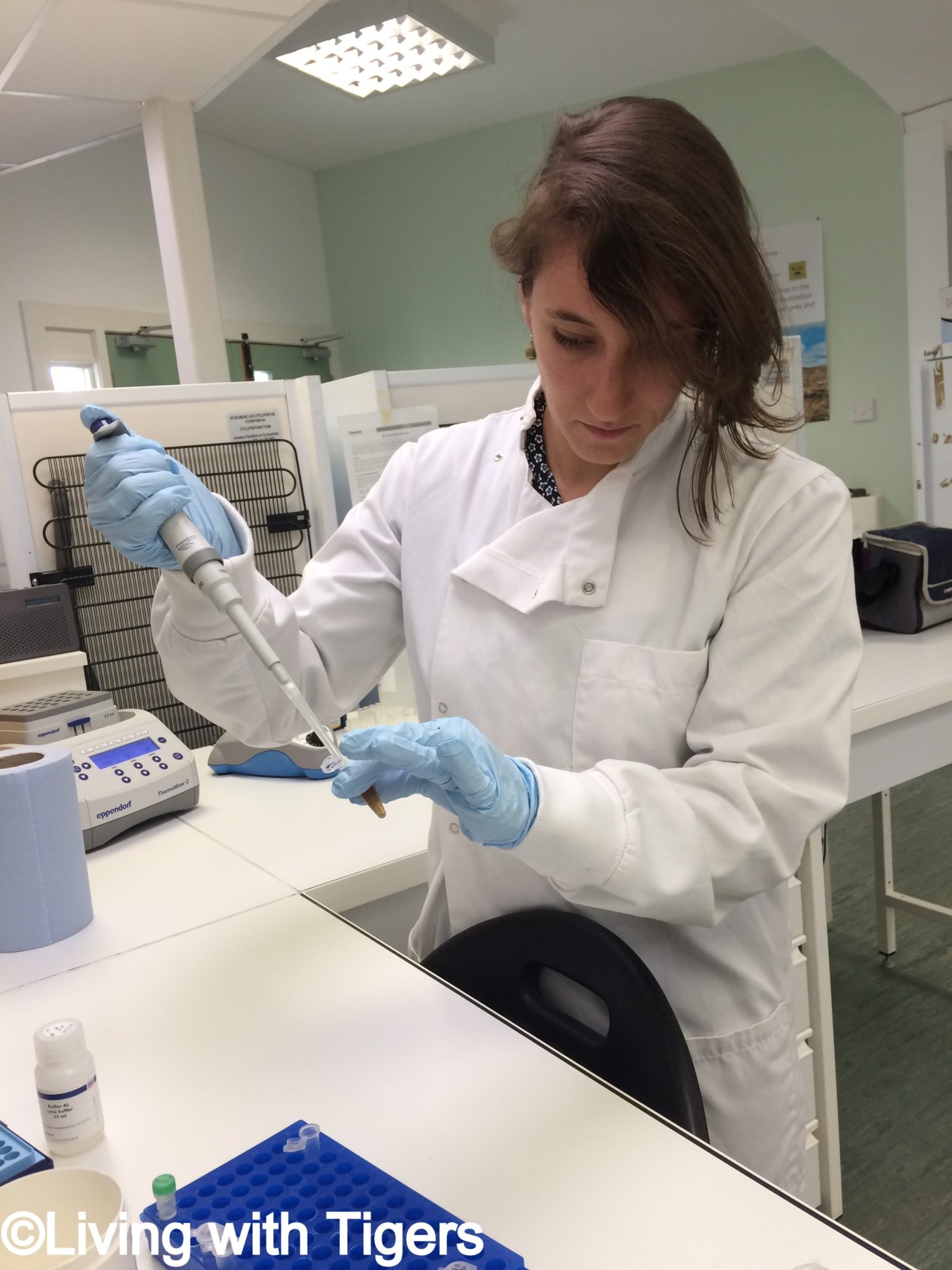
Insights into diet can be gained by examining fragments of undigested items that get passed as faecal material, such as seeds, bits of bone, and hair/fur or feathers. Although this can give an indication to the types of food that are consumed, many items can be difficult to identify even with specialist knowledge and equipment.
Metabarcoding is a form of DNA analysis able to pick up the DNA present in a faecal sample, including that from the items that the animal has eaten. The fragment of DNA looked at is one that is good at distinguishing between different species, usually a portion of the mitochondrial or chloroplast genome. It is amplified using a Polymerase Chain Reaction (PCR) and then sequenced using next generation sequencing technology. The DNA sequences are sorted, filtered, and then compared to a database which contains all known possible species sequences. Using sequences that give a positive match against the database attempts can be made to identify the items consumed by the animal.
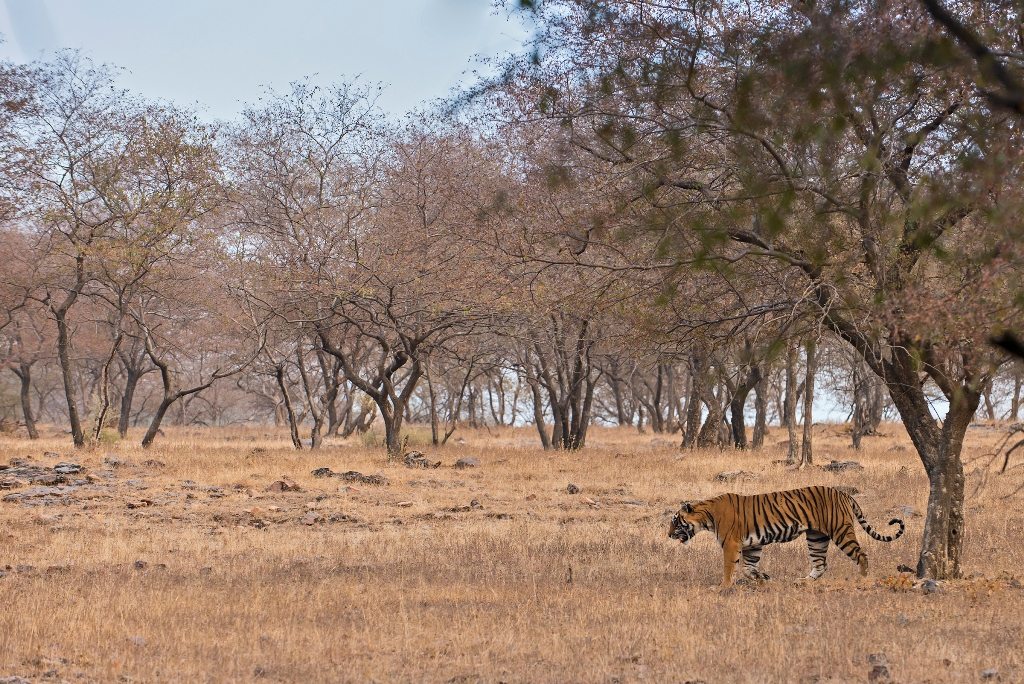
In Nepal, many of the rural communities’ own livestock that are grazed around the forest edge and thought to be easy prey for wild animals. Tigers and leopards are frequently blamed for killing livestock and communities can retaliate, which results in human-wildlife conflicts that can negatively affect both the rural communities and these endangered species.
RZSS WildGenes will develop laboratory protocols for examining large carnivore diets which will be transferred to CMDN, where they will be used to analyse faecal samples collected by Amy and her field team. The results aim to determine what proportion of the wild large felid diets consist of livestock compared to the natural prey.
The Living with Tigers Chester Zoo-led project is ran in partnership with Oxford University WildCru, Green Governance Nepal and the Centre for Molecular Dynamics Nepal (CMDN) and funded in part by the Darwin Initiative.